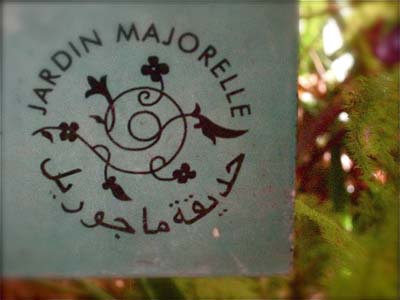
Saying goodbye at the Majorelle Gardens.
I did gesture to good bye, at his passing, along with, of course, millions of others — June | 2008.
And most of the designers of significance on the planet: http://www.wwd.com/au_revoir_yves
And, that closing in Marrakech, a handful of his dearest friends, gathered to celebrate his life and lament his passage http://www.reuters.com/article/artsNews/idUSL1114182820080612, spreading his ashes in his famously loved garden. I went to the Majorelle Garden http://www.jardinmajorelle.com/en/index.php?page=garden to conclude that closing good bye wave for me — merci, YSL.
That history of connection.
There’s a long string, for me, to the work of Yves Saint Laurenthttp://www.shows2go.si.edu/exhibitions/page/3/ — and it’s one of those notes that you “get”, that you hear, but you can’t quite recall the memory. So it began. 1962:
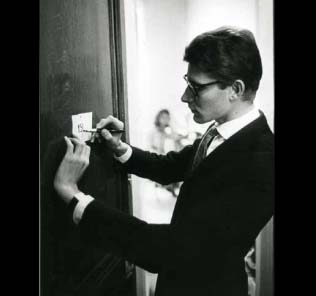
I can recall the first time that I’d explored his workhttp://hotmaleceleb.blogspot.com/2008/06/fashion-designer-yves-saint-laurent.html, it was more than decades agohttp://www.fondation-pb-ysl.net/site/Histoire-214.html — and I remember being transfixed by his opening portraiture http://www.orangelifemagazine.com/paris-1962-yves-saint-laurent-and-christian-dior-the-early-collections/ on the pages of Life magazine, working in my Mother’s studio, a structure that stood on top of the garage next to my family’s house in Spokane, Washington.
That opening imagery, that collection of photographs, was seared into my memory, unforgettable.
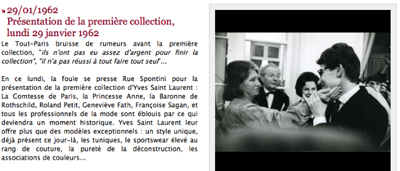
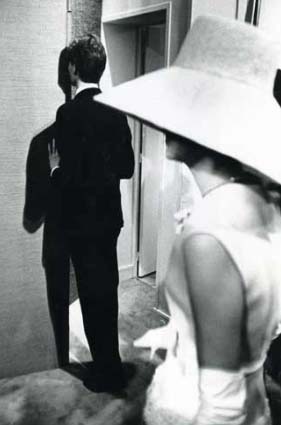
So when he had passed, I made it a personal promise to explore the gardens of Marjorelle, revitalized and cherished by Pierre Bergé and Yves Saint Laurent.
The gardens themselves have a certain character about them — and an intriguing history that conjoins the loosely precise brushwork and orientalist painterly framing of Jacques Majorelle’s watercolors and oil paintings,
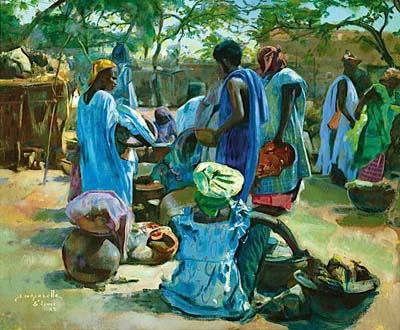
Scène de marché à Saint-Louis
Huile sur toile, signée, située et datée (19)52 en bas à gauche. Encadré sous verre. à vue: 60 x 73 cm
with the graphic qualities of Yves Saint Laurent’s sense of design in textiles and the human form. According to Wikipedia’s overview “The Majorelle Garden (Arabic: ØدÙÙØ© ٠اجÙرÙÙâ) is a botanical garden… designed by the expatriate French artist Jacques Majorelle http://www.articlesandtexticles.co.uk/2006/10/25/painters-jacques-majorelle/ (1886-1962)[1] in 1924, during the colonial period when Morocco was a protectorate of France…” To the assessment of many, the garden he planted is his creative masterpiece, a ten acre experiment in bold paintings and a rejuvenation of traditional Islamic arts that had been on the verge of disappearing — stucco carving, for example. Holistic in the visioning of tropical installation, garden arrangements and plantings, the specially vitalized shade of bold cobalt blue used extensively in the garden and its buildings is named after him, Bleu Majorelle http://en.wikipedia.org/wiki/Majorelle_Blue, a kind of wildly electric color. But a color, as well, that I might frame in the Berber blue character, as well:
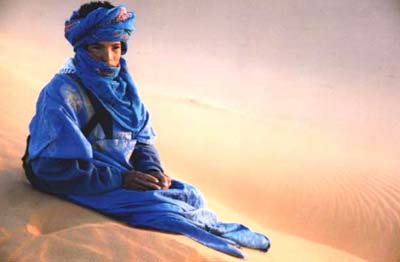
http://www.painterskeys.com/clickbacks/majorelle.asp
The garden has been open to the public for viewing since 1947. And was repurchased in 1980 by Yves Saint-Laurent and Pierre Bergé. The garden also houses the Islamic Art Museum of Marrakech, a collection including North African textiles from Saint-Laurent’s personal collection as well as ceramics, jewelry, and paintings by Majorelle.
The garden, as well, hosts more than 15 bird species, which can be found only in the area of North Africa — and more on all of these subjects can be found at the website for the garden, noted above.
What I find interesting, of course, is the idea of a place of this vibrancy, being a kind of meditative reclusion for Monsieur Yves Saint Laurent — but, in fact, it was here that he was inspired. And traveling with friends into the Atlas mountains, learning more about the Berber culture, he drew and created signature collections from his exposures — and perhaps, as well, the garden became a place for added experiment and framing of experience in a whole series of designed evocations.
So I photographed the gardens with an eye to seeing what might be there — in patterning, graphics, applications of clashing and striking combinations of colorations, and the empowerment of nature, newly seen — scene — in the spirit of the place.
Magic, made, here:
the cut, porcelain-enameled steel signing — stencilled and incised:
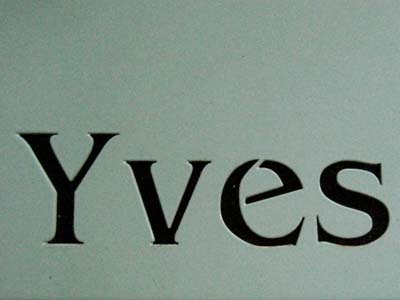
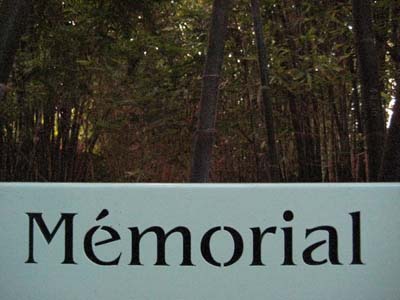
the workers in bleu Majorelle…
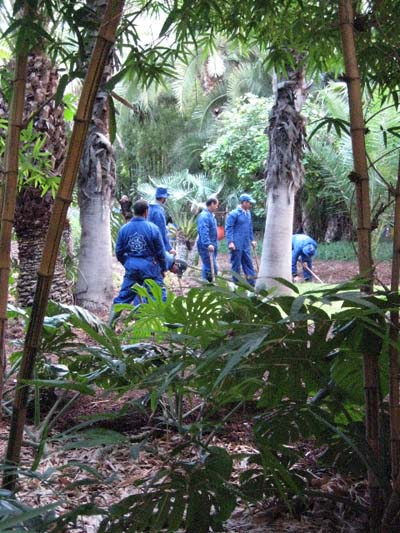
the memorial:
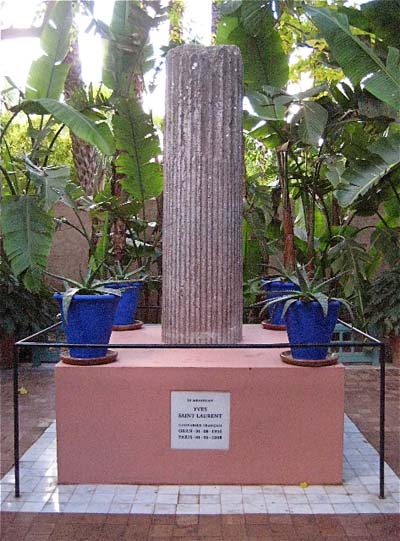
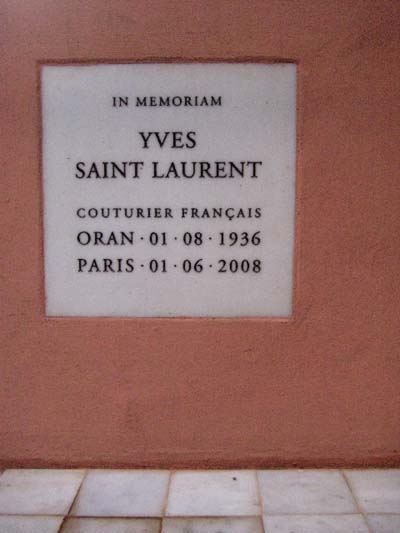
and the palettes that live there:
geranium and bleu —
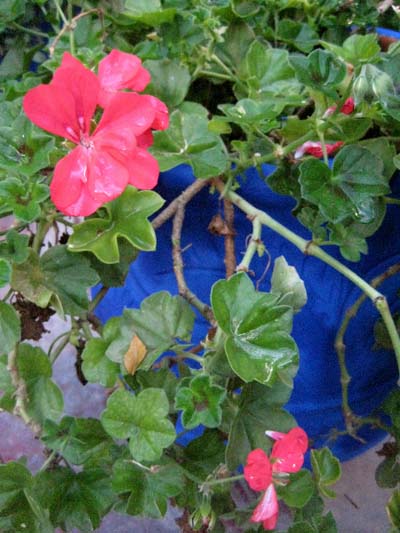
wisteria boyer
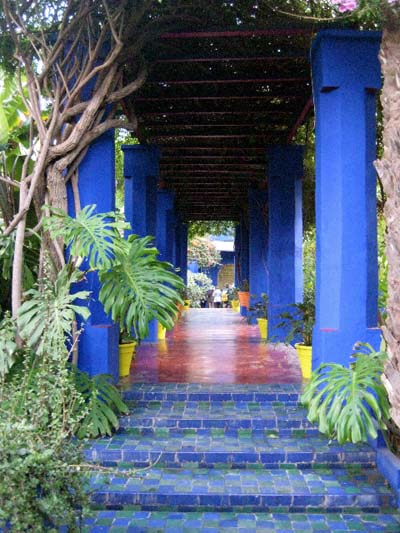
painted concrete and tile work —
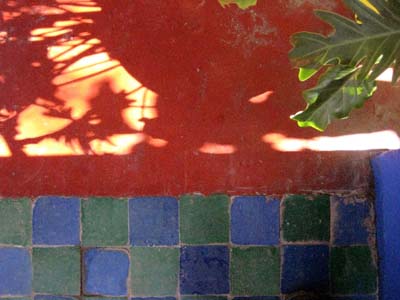
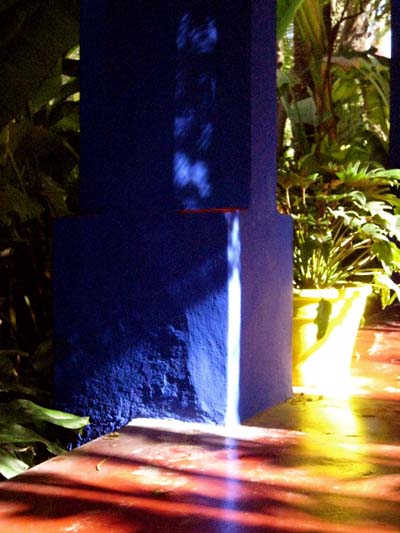
trellis support, underpainting —
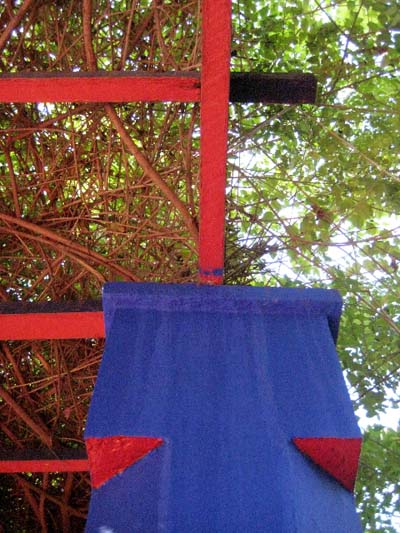
wisteria greens and sunlight
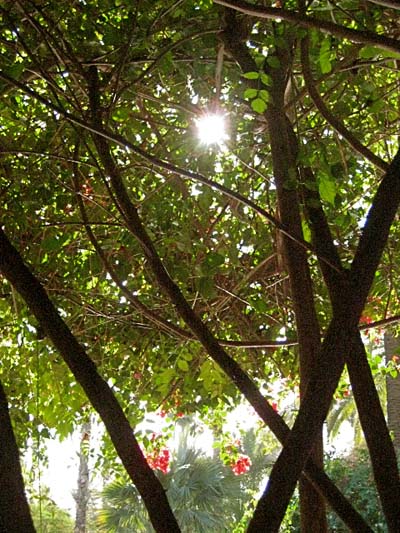
watered feature, agave and bleu —
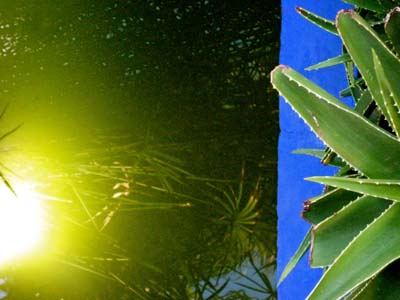
watered pool and trelliswork —
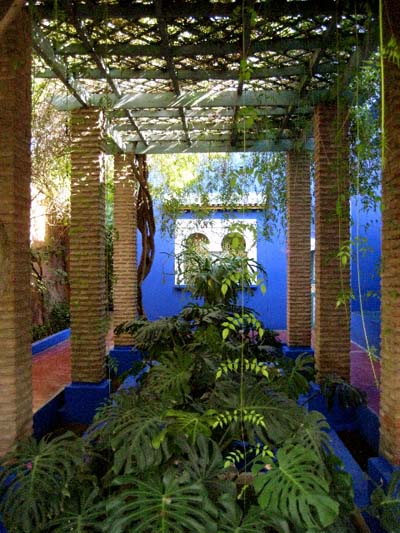
pale and bleu Majorelle pot and plinth details —
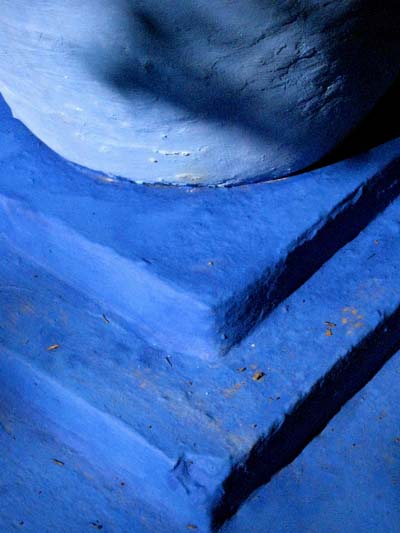
waterpool trim, bleu and pumpkin urn —
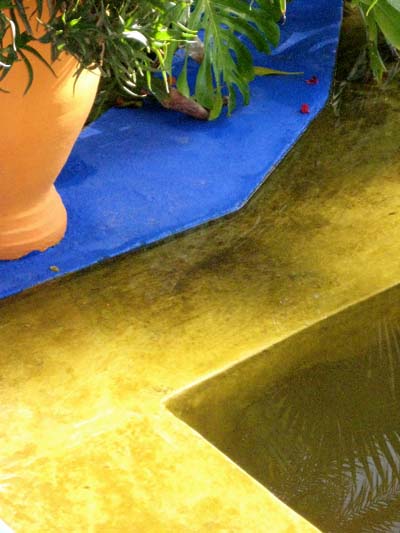
hibiscus flowering with bleu pillar sunlit —
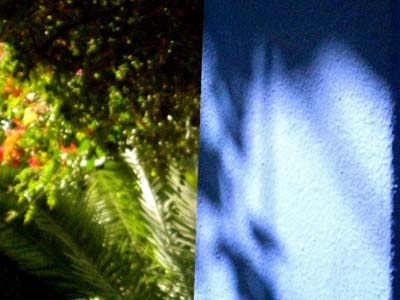
bouginvillea and hibiscus framed in the bleus —
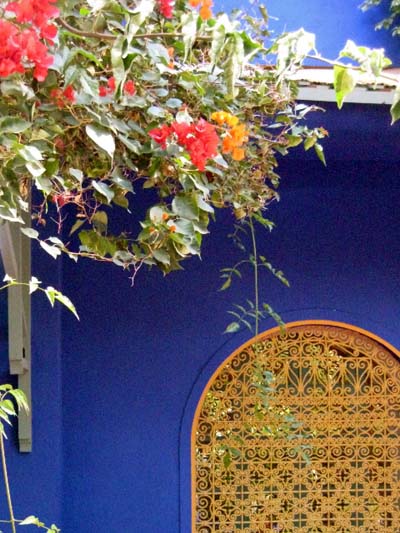
musttard wall treatments at retail, with cut stucco
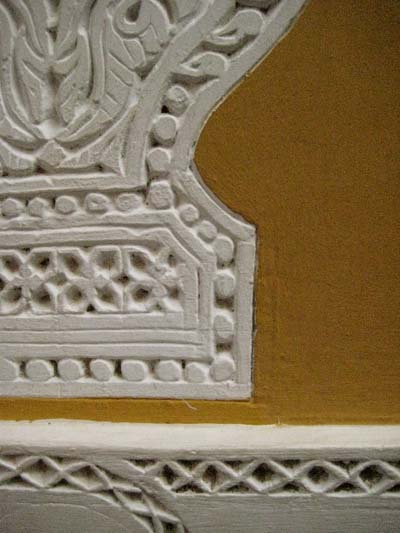
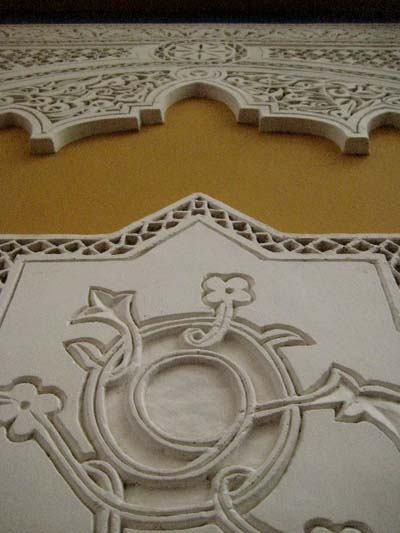
variegated greens, bleu —
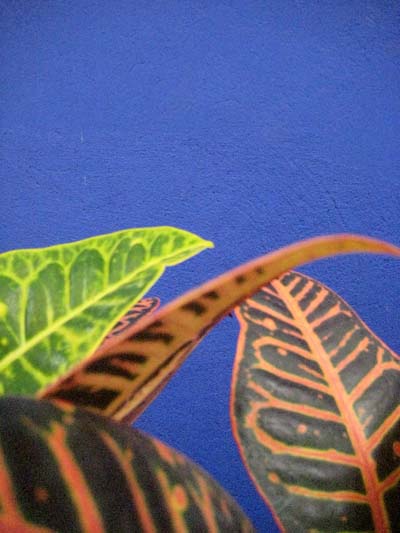
cut tilework, stuccoed wall treatments —
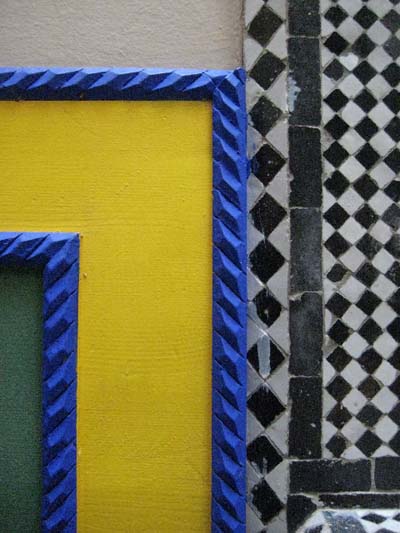
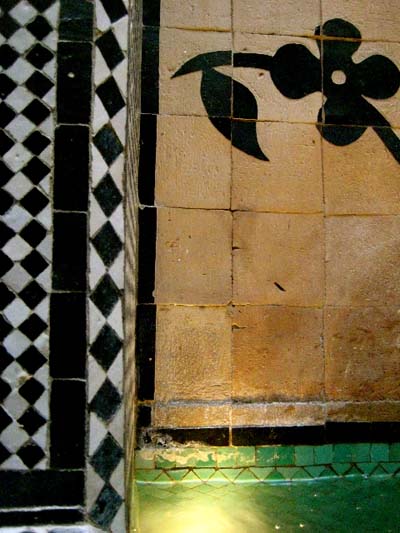
creme metalwork —
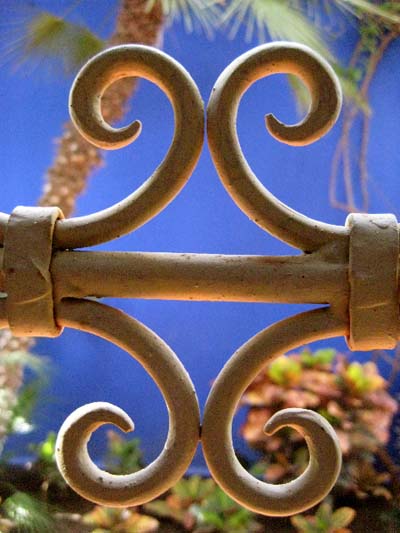
pale green, warm yellow and deep laid masonry
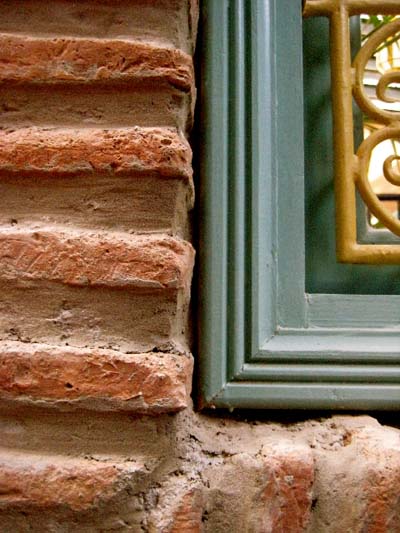
pink stucco, hand baked masonry —
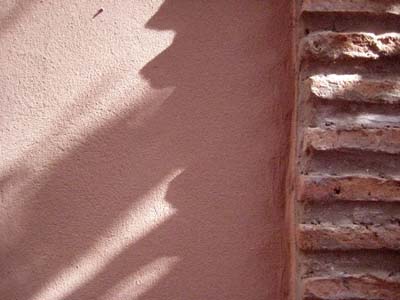
trellis-patterned bleu, mustard-colored hammered ironwork, pale celadon interior framing —
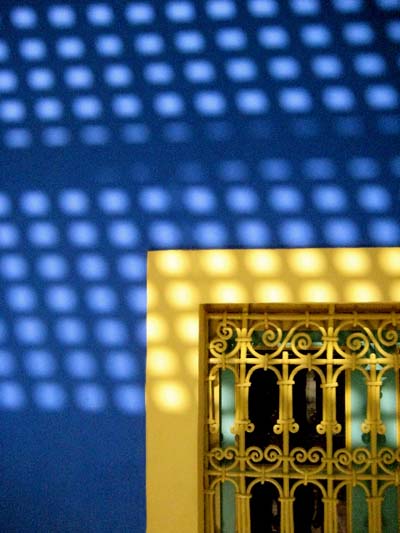
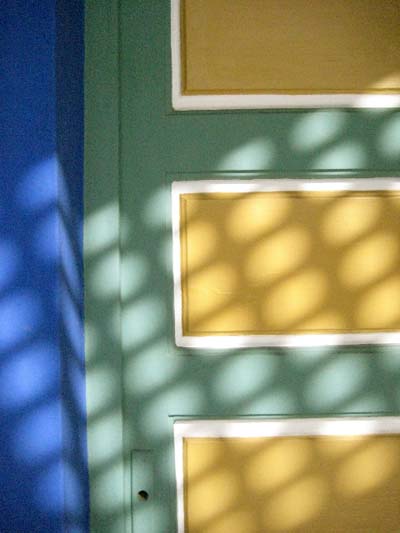
urns, tropical plantings, ochre and muddied black tilework —
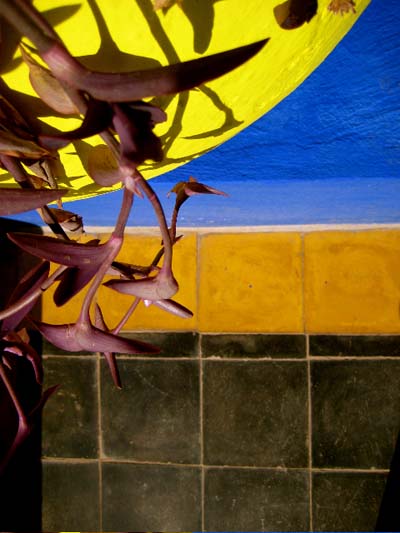
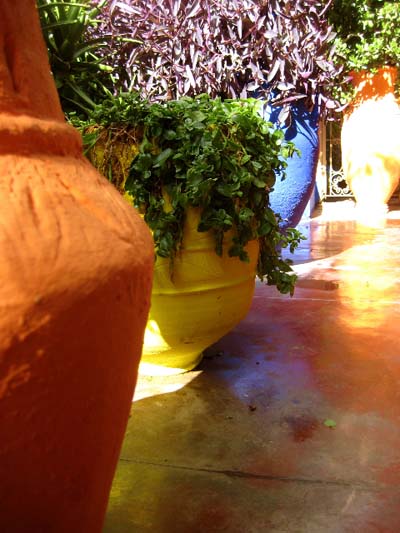
flaking tangerine with coppered underpainting —
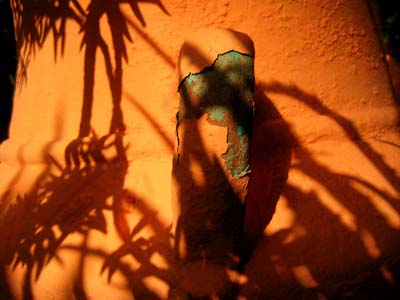
the long hallway, exiting —
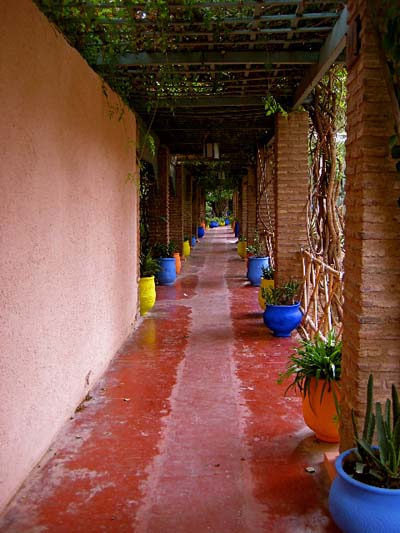
hosing and olive tree —
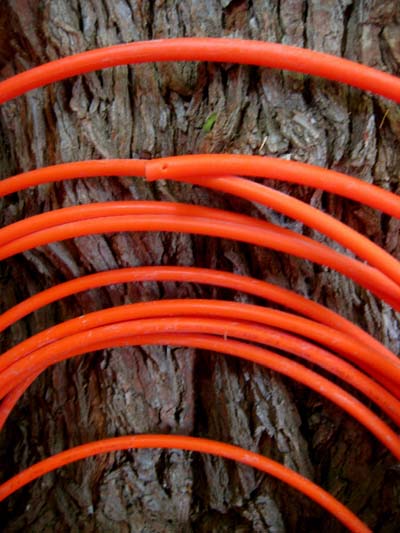
greenhouse latticed ticketing booth, with contrasting tilework —
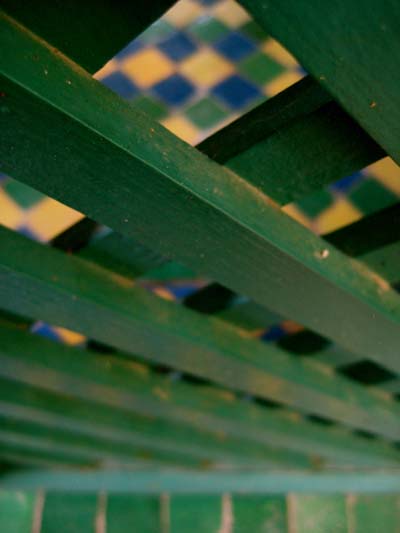
exterior tongued boardwork with oversized brass riveting —
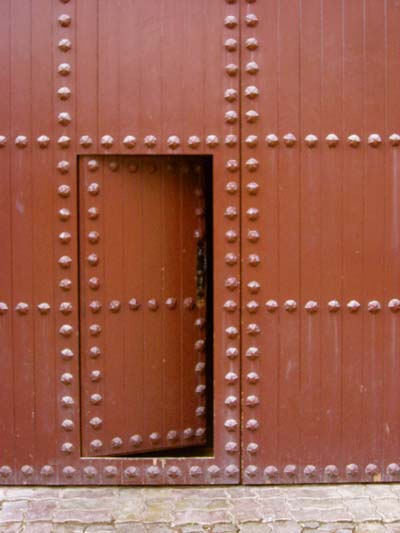
distressed doorway with ferrier hammered iron work knocker —
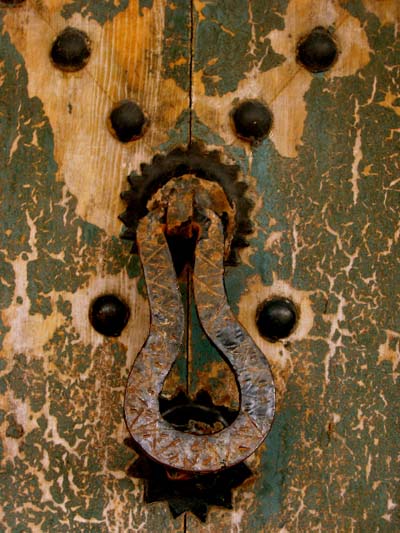
umbellaceious flowering with mustard colored field and laid, grooved door paneling —
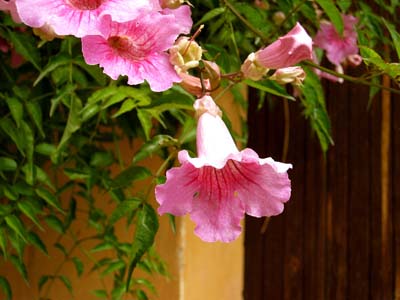
incised and textured stucco with hibiscus arrangement —
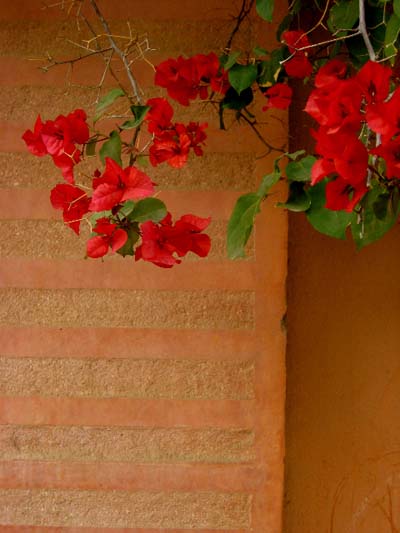
pink rose on drained stucco field and water-damaged, burst substrate
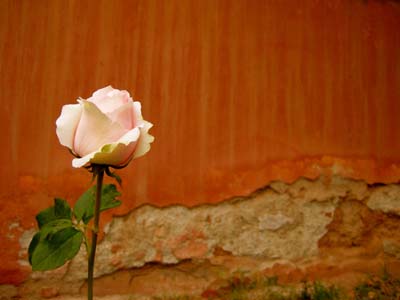
What I hope for is finding new brilliance in thinking about color. What new tinges might be brought forth — and I mean that, tinges, tickling, tincturing, touches, tints — that bring some new surprise to your thinking, your experience, your day. Clearly, Majorelle, in his mountain roaming, was continuously captivated by the character of the peoples that surrounded him — and what they made, and what colors they brought forth. From the rusted iron works of the Atlas Mountains, running red for millennia, to the dusted outreaches of the Sahara, to the gnarled greens and variegated browns of the olive trees, the eucalyptus and the cottonwood groves. And finally, what humans bring in their interpretations — the blue electric, of the Tuareg, the brilliant greens of Mauritania, the blood red talismans of the Atlas Berber — and the dozens of other colors, found and gathered, ground into pigments, and captivating the minds of many — unforgettably — in the process.
Magic, made.
tsg | marrakech | the atlas mountains | morocco
—-
More is found here, in earlier recounting and exploration:
Girvin | YSL and Gucci Group
Diary entry: I begin working with YSL
https://tim.girvin.com/girvin-diary-YSL
Tom Ford and Yves Saint Laurent:
http://blog.girvin.com/girvin-tom-ford-YSL
The mythic return, branding in fashion design:
http://blog.girvin.com/girvin-branding-fashion-design
Frida Giannini and retail visualizations:
http://blog.girvin.com/girvin-frida-giannini
Yves Saint Laurent | St. Sulpice, Paris
http://blog.girvin.com/girvin-saint-sulpice-YSL
Luxury & Value
http://blog.girvin.com/girvin-luxury-value
Claude Chirac, PPR & Strategic Intention
http://blog.girvin.com/girvin-claude-chirac
Yves Saint Laurent, the personal, the person
http://blog.girvin.com/girvin-Yves-the-personal
Tom Ford, the new luxury and Moscow
http://blog.girvin.com/girvin-tom-ford
Hand made luxury â Tom Fordâs legacy
http://blog.girvin.com/girvin-tom-ford-handmade
Robert Polet, Gucci Group
http://blog.girvin.com/girvin-robert-polet